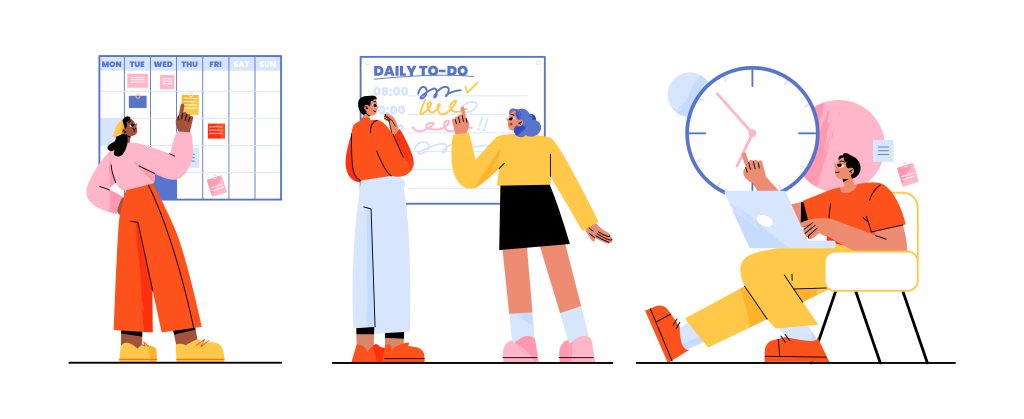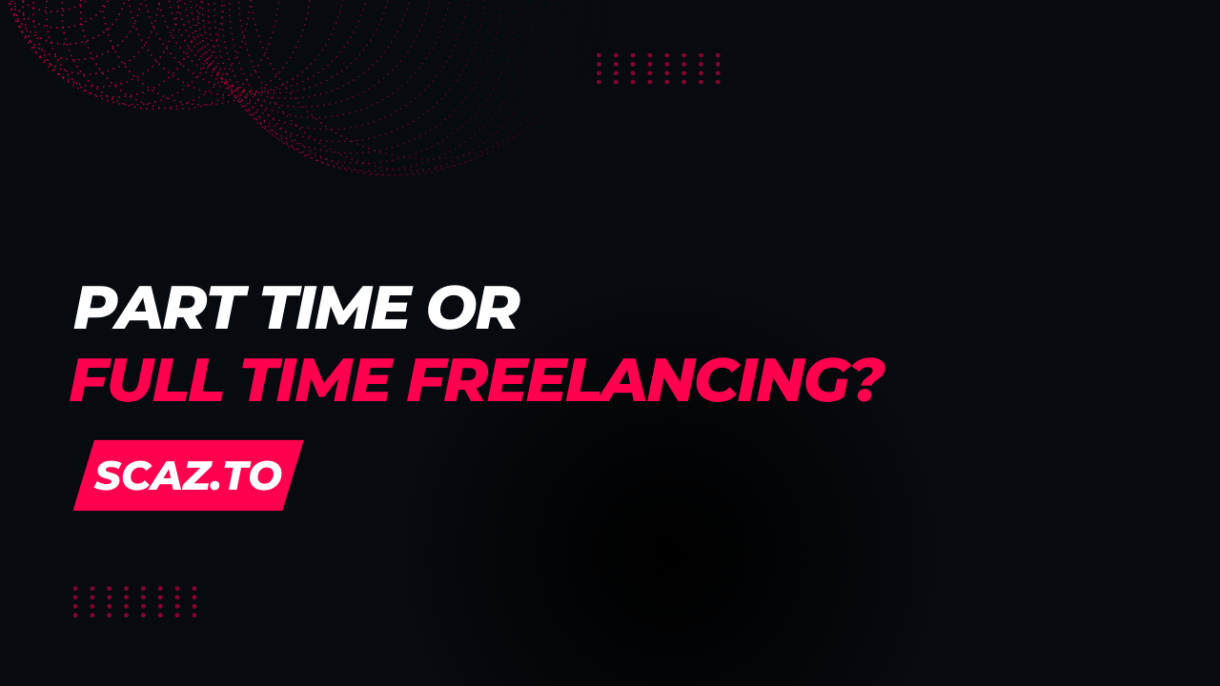Looking to make some extra cash?
Who is going to say no to that, right?
Freelancing is actually one of the fastest-growing industries worldwide. Just take a look at all the new freelance sites popping up all over the place.
People are quitting their day jobs to work from home and triple the amount of money they make each month.
It’s also turning out to be a great part-time job. College students are doing it to pay their tuition. Stay-at-home moms are doing it to make ends meet, and 9-5 office workers are doing it too.
40% of America’s workforce will be freelancers by 2020 – Quartz
However, not all freelancers are successful.
There are three main reasons why most new freelancers fail:
- The assumption is that they can make money sitting in front of a computer.
- Not being able to find clients.
- Failing to take it seriously enough.
Let’s talk about some of the things you can expect as a freelancer before we get into the part-time vs. full-time freelancing battle or how to start freelancing.
The Difference Between Part-time Work and Full-time Work
The main difference between working part-time and working full-time is the amount of work you accept.
Part-time freelancers can accept smaller jobs with flexible deadlines. You’ll be able to work on them during your spare time, while studying, or even while working.
As a full-time freelancer, you’ll spend your entire working day freelancing. You will be able to take on more jobs and bigger projects and get them done on time.
If you are a complete beginner, it’s best to try freelancing on a part-time basis before going all in.
If you’re not sure if freelancing is for you, try it part-time. Don’t quit your day job. That way, you won’t be taking any unnecessary risks.
Of course, there are also people who freelance part-time for long periods of time.
Freelancers Work More Than Most Regular Employees
Forget about becoming a freelancer if you think freelancing is all about sitting in front of a computer and transferring money to your PayPal account.
In fact, freelancers do more work than most people who have a day job.
When you work for someone, you’re told what to do. He or she leaves all the work at your desk to be done and hands you a paycheck at the end of each month.
Freelancers, on the other hand, find work themselves. They surf the web every day, they promote themselves on social media, and they take on big projects all on their own.
To make matters worse, we also have to chase clients to get paid. And that happens a lot more often than you might think.
The only benefit we get from all this effort is this: We make more money.
Once you accept this reality and are willing to do the extra work, you’re ready to start freelancing.
Get Your Feet Wet First
In short, part-time freelancing is for newbies.
It’s for people who want to make a little bit of extra money while still getting their paycheck from their day job. It is for people who prefer to have some financial security.
Whenever someone asks me about freelancing, my advice is always to do it part-time first. Just to get their feet wet. To see if it’s something they really want to do.
And if you want to earn more money, but you’re not ready to risk your job and your financial security. Then I’m going to give you the same advice. Do a little part-time freelancing. See how it goes.
Of course, most part-time freelancers end up going full-time in the end. And why is that? Because it’s way more fun.
Time To Get More Serious
Full-time freelancing is for the risk-takers.
If you’re unemployed and having a hard time getting hired. If you are sick of listening to your boss. You spend your day hating yourself for having to work at a bad corporate job. Or feel like you’re underpaid for your talents.

Then quit what you’re doing and start freelancing.
Freelancing works best when you put everything you’ve got into it, just like starting any business. That’s because when you have everything to lose, it motivates you. It helps you work harder to reach your financial goals, find new clients, and make more money.
“I’d rather control my own destiny and take on the risk and forgo the benefits of nap pods and food,” says James Knight, a coder who quit Google to become a full-time freelancer. Currently makes $1,000 an hour, according to Bloomberg.
Before You Start Freelancing
If you decide to try part-time freelance work –
Don’t make the mistake of trying to do it as a hobby. And don’t work on your own time. Be more serious about your freelance work. Your clients will be depending on you to get the work done in a timely manner. Don’t expect them to let you off the hook if you miss a deadline just because you’re struggling to balance work and life.
Plan ahead. Figure out how many hours of your time you can put into your part-time job. Do market research to be sure that your skills are marketable and that there is sufficient demand. And find the best places to work part-time that fit your skills as well.
If you decide to go full-time freelance –
Don’t quit your job immediately. Save a little extra money first. The first few months of freelancing will be tough. So make sure you have enough to get you started, just in case.
Go online and find out how much your skills are needed. See if it’s enough to pay your bills.
Before you quit your job, contact a few clients and try to get a project or two to work on. This is so that you can be sure that you will have an income at the end of the month.

If you can, talk to your boss and offer to freelance for the same company. You only do the work you like, you can work from home, and you can work with more clients outside the office. They only pay you for the amount of work you do.
It’s a win-win situation. You won’t be able to resist this offer.
The Best Path To Take
You don’t have to quit your day job to start freelancing. If your day job is paying enough to cover your expenses, consider freelancing part-time to make a little extra money without risking your finances.
Go full-time when you feel confident and there’s enough demand for what you have to offer. Or just dive in and give it your best shot if you’re unemployed.
In Conclusion
At first, it may seem too difficult to build your reputation, find clients, and meet deadlines. Working through that is challenging.
Once you’re on the other side, you’ll experience the full freedom and all the good things that freelance work brings to your life.


